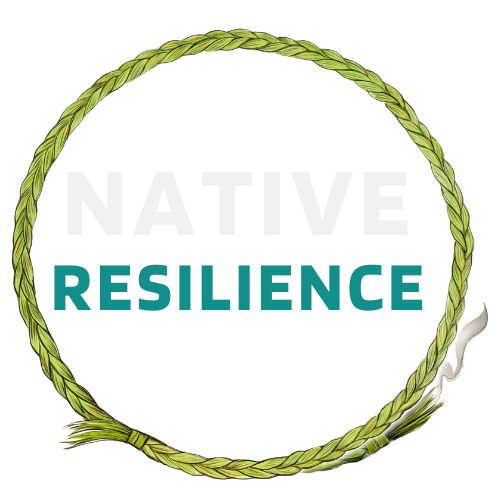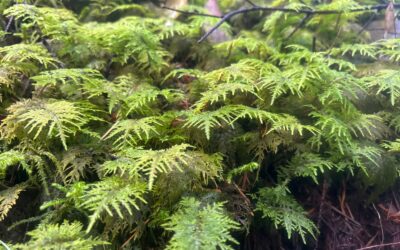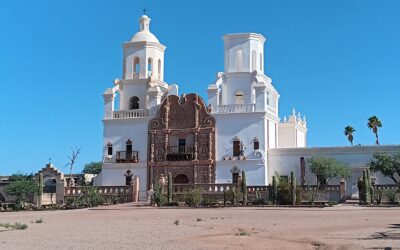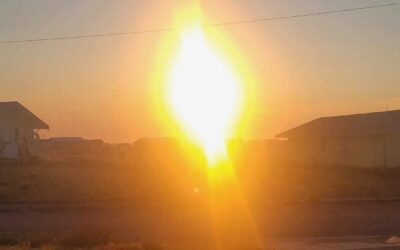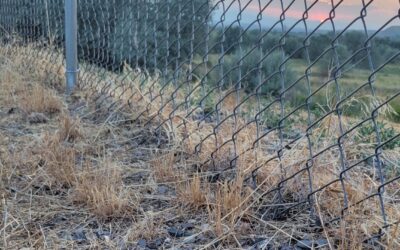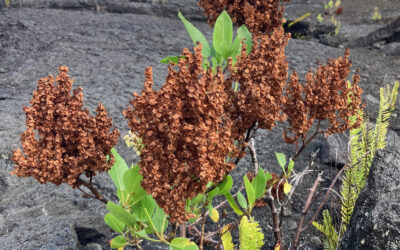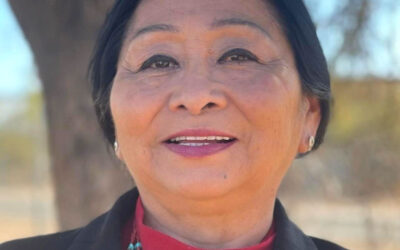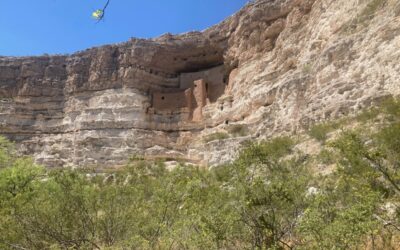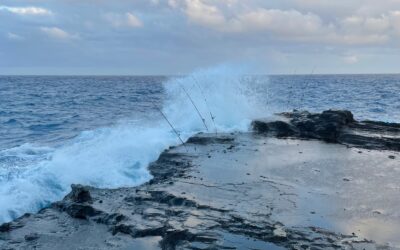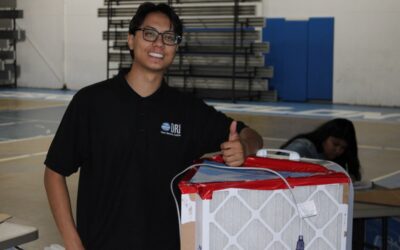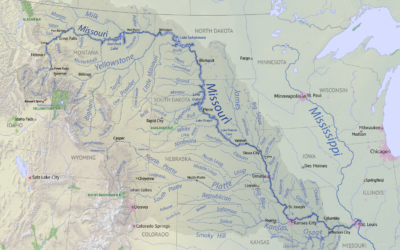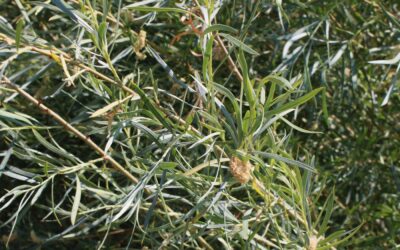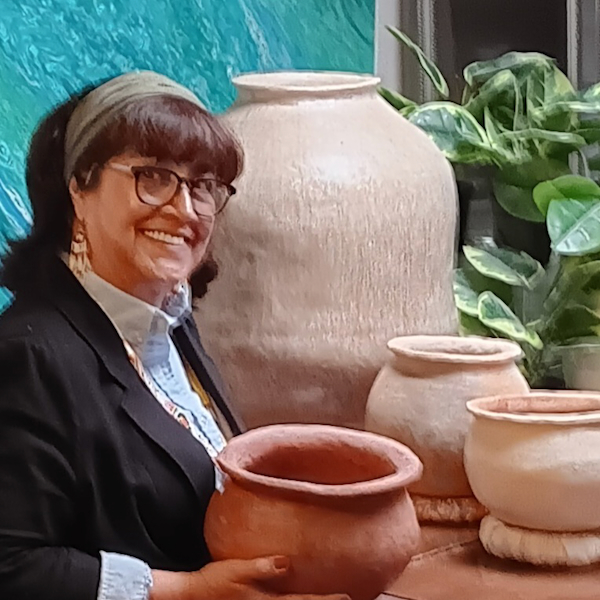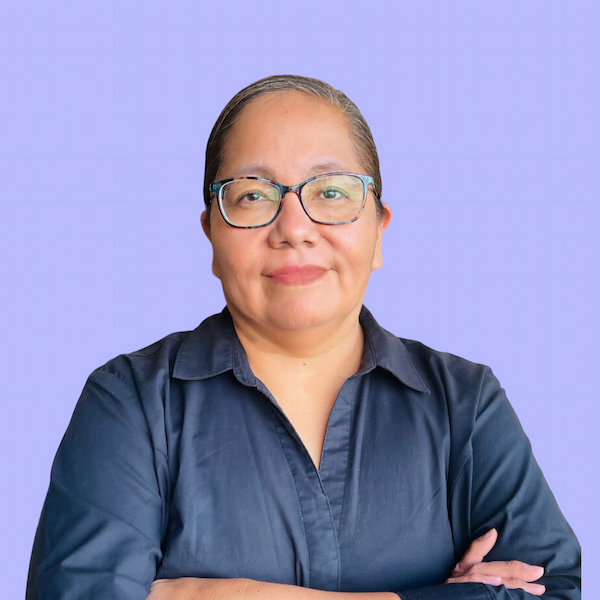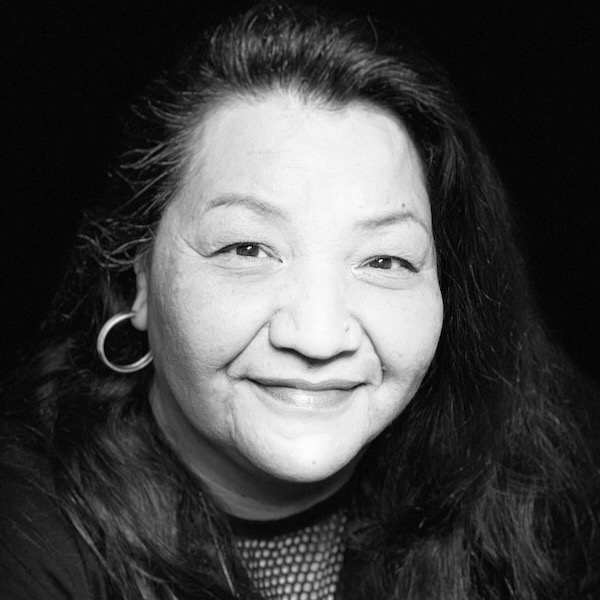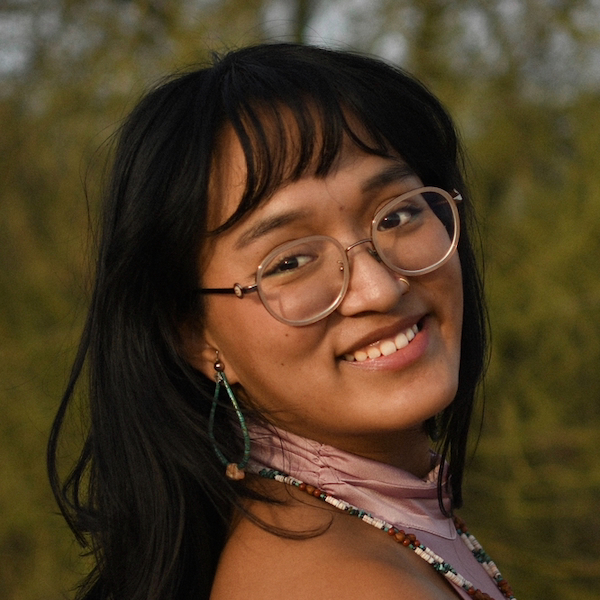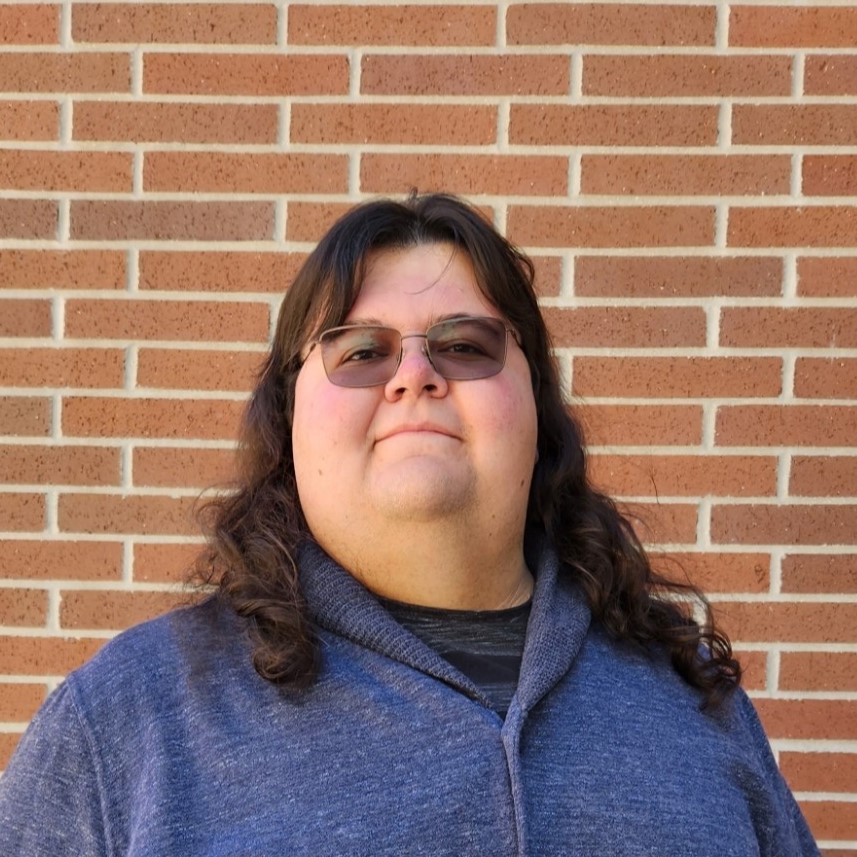On this page, you will find stories by our team of Resilience Reporters — talented Indigenous writers from across the U.S. who pair stories from their communities with scientific data to explore climate change impacts and adaptation actions on the lands and communities in which they live.
Through multimedia journalism, poetry, fiction writing, video, audio storytelling, and photography, Resilience Reporters work to express the impacts of environmental change on Native peoples and landscapes, highlight resilience actions, and help us understand the value of what is being lost in this rapidly warming world.

